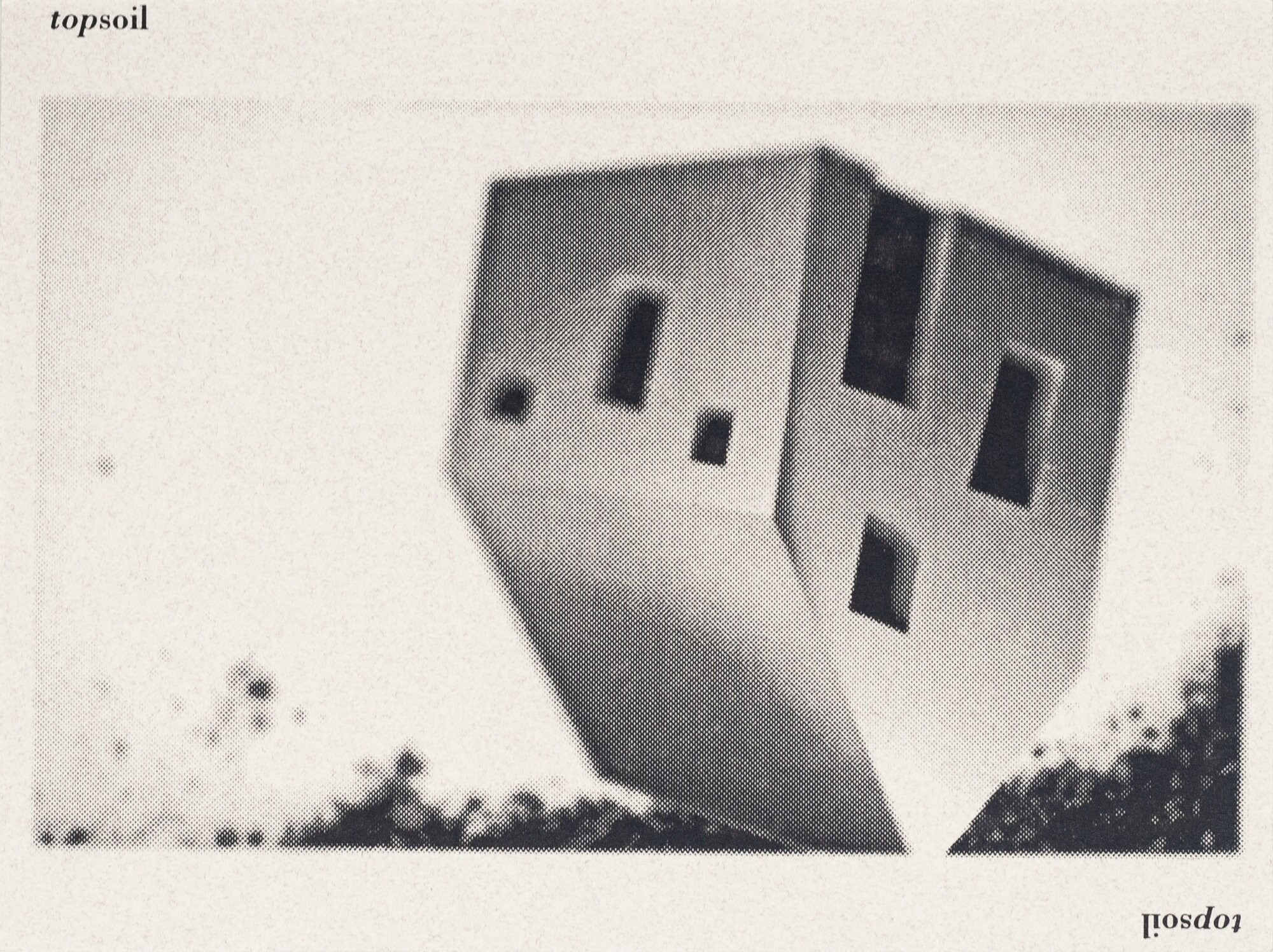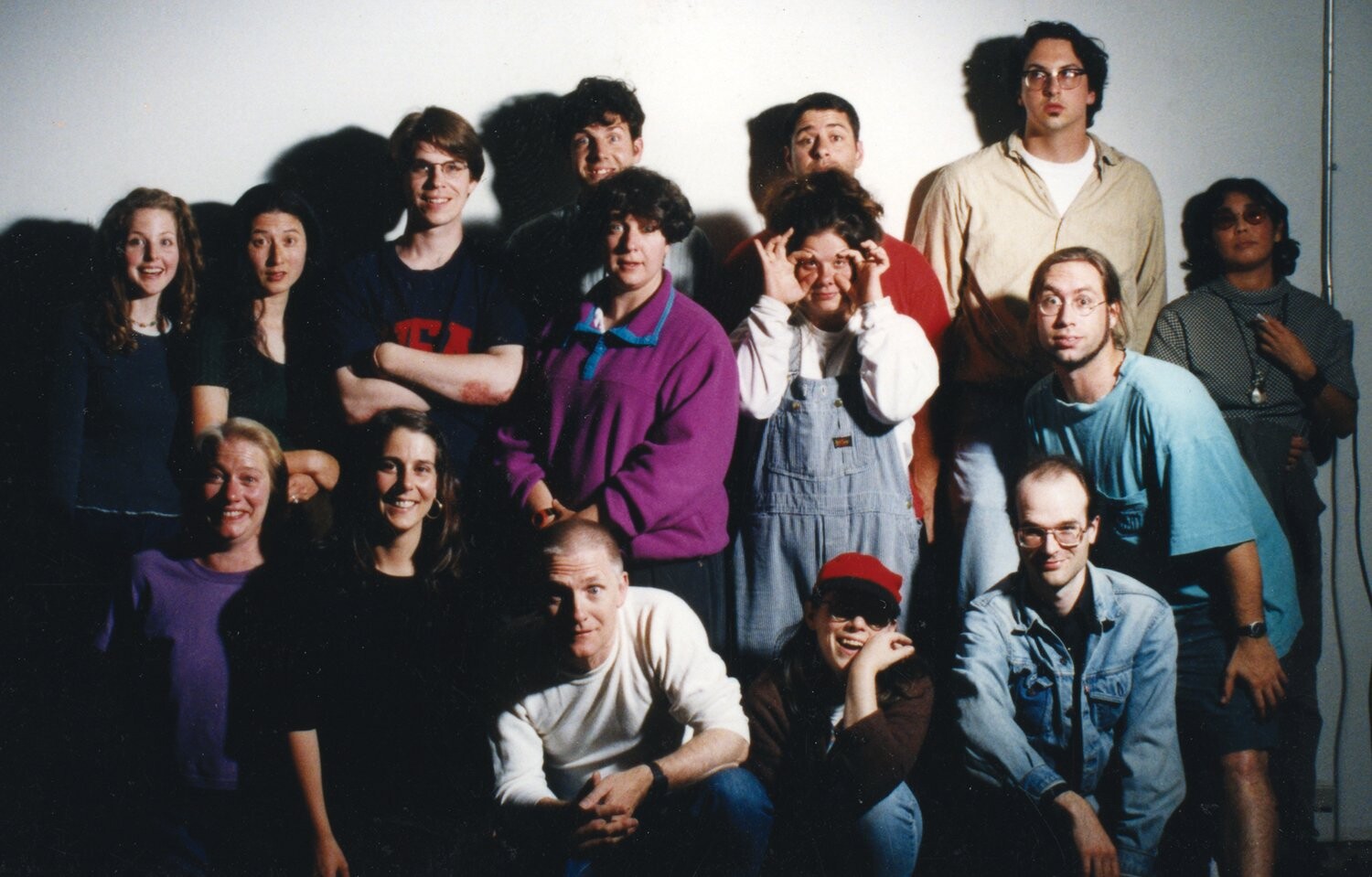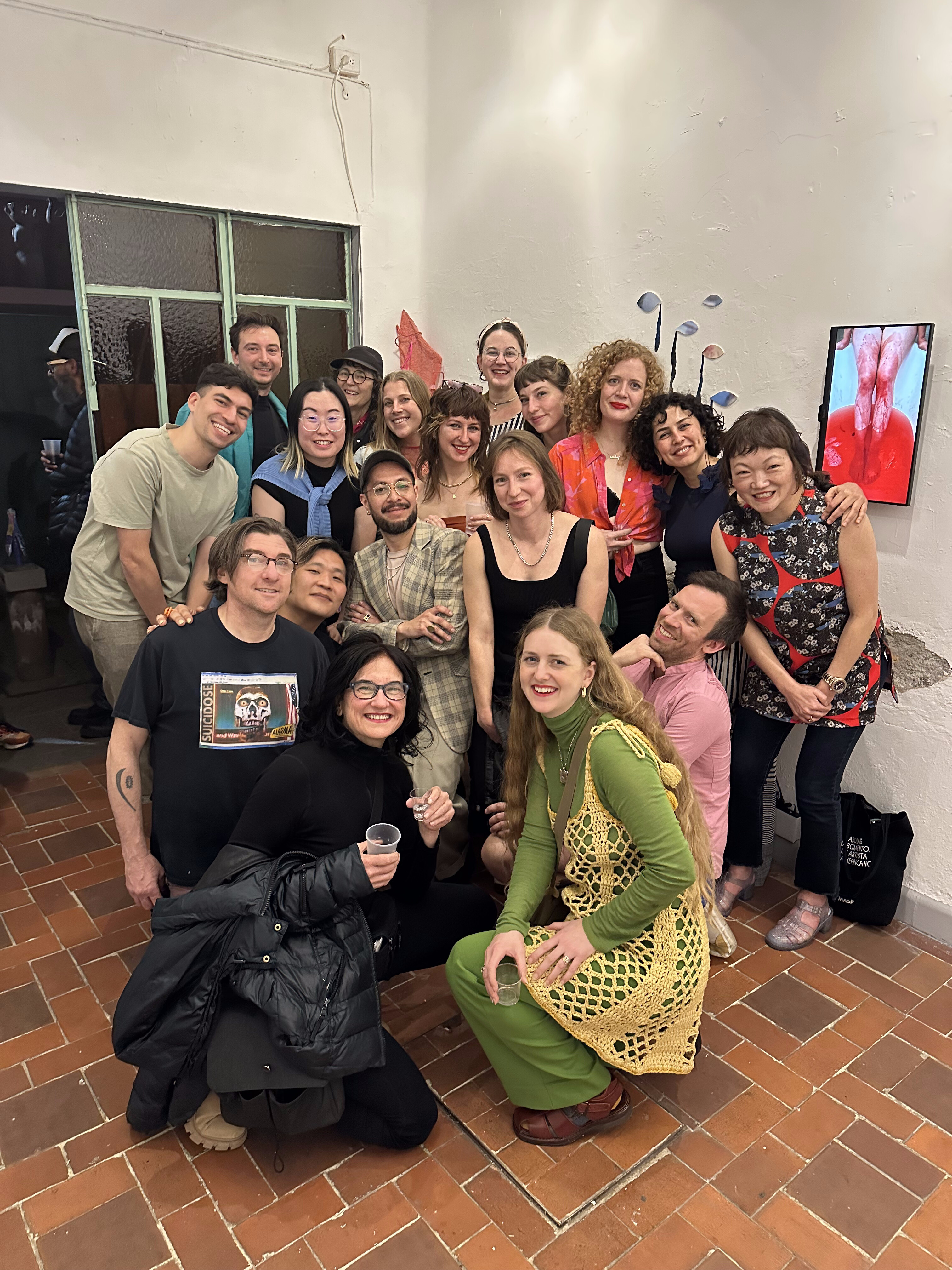Dirty and Real: SOIL artist-run gallery turns 30

“Artists’ collectives do not make objects so much as they make changes,” writes art historian Alan W. Moore in the 2007 book Collectivism After Modernism: The Art of Social Imagination After 1945. “They make situations, opportunities, and understandings within the social practice of art.”
The volume presents a range of essays from art theorists and historians who explore the rise of collectivity in the art world after World War II—“collectivity” in this case being that which pulls away from or actively defies late capitalism’s demand for commercial individualism. Now, perhaps even more than in 2007, a closer look into these organizations feels warranted, as many artists and laypeople alike lament a looming sense of isolation in the face of capitalism.
It so happens that Seattle is home to one of the longest-running artist collectives in the world, SOIL, which celebrates its 30th anniversary this year. The group was founded in 1995 by seven young artists: Katy Stone, Sean Miller, Laurie Cinotto, and Jay Bryant (all of whom had known one another as undergrad classmates at Iowa State University), along with Bethany Taylor and Eileen Ward, the latter of whom came to Seattle by way of Wisconsin, to study art at the University of Washington. It was in the UW MFA program that Stone connected with Ward. In 1992, when the group started trickling into Seattle, grunge was in full bloom, and the city’s magnetism was undeniable. Taylor and Miller arrived in ’94, after earning MFA degrees at the University of Colorado Boulder, which is when the group of Midwesterners began scheming on a way to pool their resources.

“It felt to us like we were all making work that needed to be seen,” Stone says, “but that was definitely not commercial, and Seattle didn't have a place for us where we could be ambitious and self-supporting, so we were just like ‘Let's do it. Let's make something ourselves.’”
At the time, galleries such as Greg Kucera, Linda Farris, Foster White, and Donald Young were already in full swing. The Center on Contemporary Art (CoCA) was also well established, but it was one of few alternative art spaces in the city.
They spent the next year outlining their mission and goals, meeting at each other’s homes, and holding yard sales to raise money for rent and equipment. After months of dreaming up names, Sean Miller proposed “SOIL.”
“A lot of great things grow out of well-tended soil, as the Midwesterners in the group knew,” says Miller. “Soil is made up of a lot of particles that come from different places. It benefits from entropy. It is dirty, literally, but also hopeful and generative. In agriculture, you work hard in the fields to make things grow. We all had our hands in SOIL as often as we could work on it, and it grew.”
“We all loved the name,” Katy Stone says, “because it resonated on all these different levels: being from Iowa, being this substance that things grow out of, being kind of dirty and real.”
The collective first operated out of the since-demolished Erikson Building, across the street from Seattle Art Museum, at 82 University Street. After bouncing around multiple spaces in Pioneer Square and houses on Capitol Hill, SOIL settled in their current gallery space in Pioneer Square’s Tashiro Kaplan Artist Lofts. What was once a small but mighty band of upstarts has evolved into the group of 28 artists—the largest number of members in SOIL’s history—that exists today.
Most artist collectives top out at fewer than a dozen members, making SOIL stand out for its size. Also foundational to SOIL is a strong emphasis on exchange that has emerged over the years. It’s something that can be seen today: While the backspace of the gallery is reserved for showing members’ work, the collective’s main exhibition space is dedicated to showing work made by other artists and collectives from across the country and, more recently, around the globe.
Julia Monté is one of SOIL’s newest members, who joined in September of last year after relocating from Kansas City, Missouri, in 2022. In Kansas City, Monté ran a small publication called Informality Blog—now relaunched in its Seattle iteration—that focused primarily on artist-led spaces. When she arrived in Seattle, she was eager to connect with SOIL, and when a spot opened up in 2024, she was elated.
“From my experience back in Kansas City,” Monté says, “most artist-run spaces die after a few years. The funding is just not there.”
SOIL has survived on a mix of member dues, funds raised from their annual auction, and grants from entities like 4Culture and Shunpike. Members pay monthly dues of $35 and are expected to complete a number of volunteer shifts at the gallery each month. And yet, in a time of rapid cultural turnover, funding can’t be the only explanation for SOIL’s robust track record.
Margie Livingston will tell you—ever so humbly—that SOIL has always been flying by the seat of its pants. In 2025, she says, not much has changed in that department, other than maybe some sturdier pants.
Livingston is currently the longest-standing member of SOIL, having joined the collective in 2000. At the time, she had just earned an MFA in painting from UW and was looking for opportunities to show her work; SOIL seemed like an obvious place to start, and a familiar one at that. From age 18 to 21, Livingston lived in a commune in Vancouver, Washington, called Chamomile House. Shared duties included cooking, cleaning, organizing for local politicians, and leading a women’s consciousness group. Now a fixture of Seattle’s art world, Livingston and her ongoing dedication to SOIL are a testament to the strength of its community.
According to Livingston, SOIL’s been able to stay alive due in part to its loose structure. Because it is nonhierarchical, no single person is in charge. Responsibilities are always changing, depending on who has more mojo each month. Artists are busy, often balancing a full time job on top of everything else, and it’s important to SOIL to remain aware of this, hence the dynamic rotation of between 20 and 28 players at the front.
“We call it the peloton model, like in bicycle racing,” Livingston explains. “When someone has been going full steam leading a project and they're exhausted, they step back for a while and let other people take the lead, and so on.”
She also acknowledges that there’s a lot to learn for new members, like Monté, and that mutual exchange and mentorship is a necessary part of the recipe for success. Every new member is matched with a “buddy”—one of the more senior members—and yearly retreats serve as team-building experiences.
Much like the early art collectives of the 20th century, the emphasis at SOIL has always favored art in progress, rather than the polished, tidy sheen of traditional gallery exhibitions. Miller writes about “earthy, as-is, sprawling exhibition layouts and a casual atmosphere,” when describing SOIL’s early shows. Having moved around so many times in its first decade of existence, many of the collective’s exhibitions back then echoed concerns about place and displacement. They were transitory, art in media res, asking questions in real time. In one early exhibition, Inside the Lining of the Erikson Building, SOIL members Saya Moriyasu, Craig Miller, and Nora Mukaihata used latex, fabric, and rocks along with dim lighting to transform the space into a living thing, the belly of a whale. It was 1997, and the building was soon to be demolished—a farewell show to the collective’s first home.
This past February, SOIL reached a new benchmark: its first exhibition outside the U.S. Twenty-five members traveled to Mexico City during the Zona Maco art fair week to be featured in Meander // Serpentina, a group show hosted by Tlaxcala3, an artist-run collective based in Mexico City. A response to historical efforts to industrialize both Mexico and Seattle’s natural watersheds, the exhibit was a rejection of the idea that the shortest distance between two points is a straight line, and a celebration of the naturally meandering path of waterways—a path perhaps mirrored in SOIL’s meandering history.
“I still love that SOIL retains its edge of being something created by artists for artists, not constrained by commercial limitations,” says Stone. “I love that it has touched so many artists.”
This summer, artists from the Tlaxcala3 collective will travel to Seattle to exhibit their work at SOIL during Seattle Art Fair week, bringing the exchange of art and opportunity full circle. And then? A few weeks later, on September 13, SOIL is throwing a big birthday party, and the public will be invited. In 30 years, a lot has changed, but SOIL’s core remains the same: a commitment to situations, opportunities, and understandings.
“What we always come back to realizing,” says Livingston, “is we are all there is.”

Visit SOIL at 112 3rd Ave. S., Friday-Sunday 12-5 p.m. Follow @soilart for updates and more.